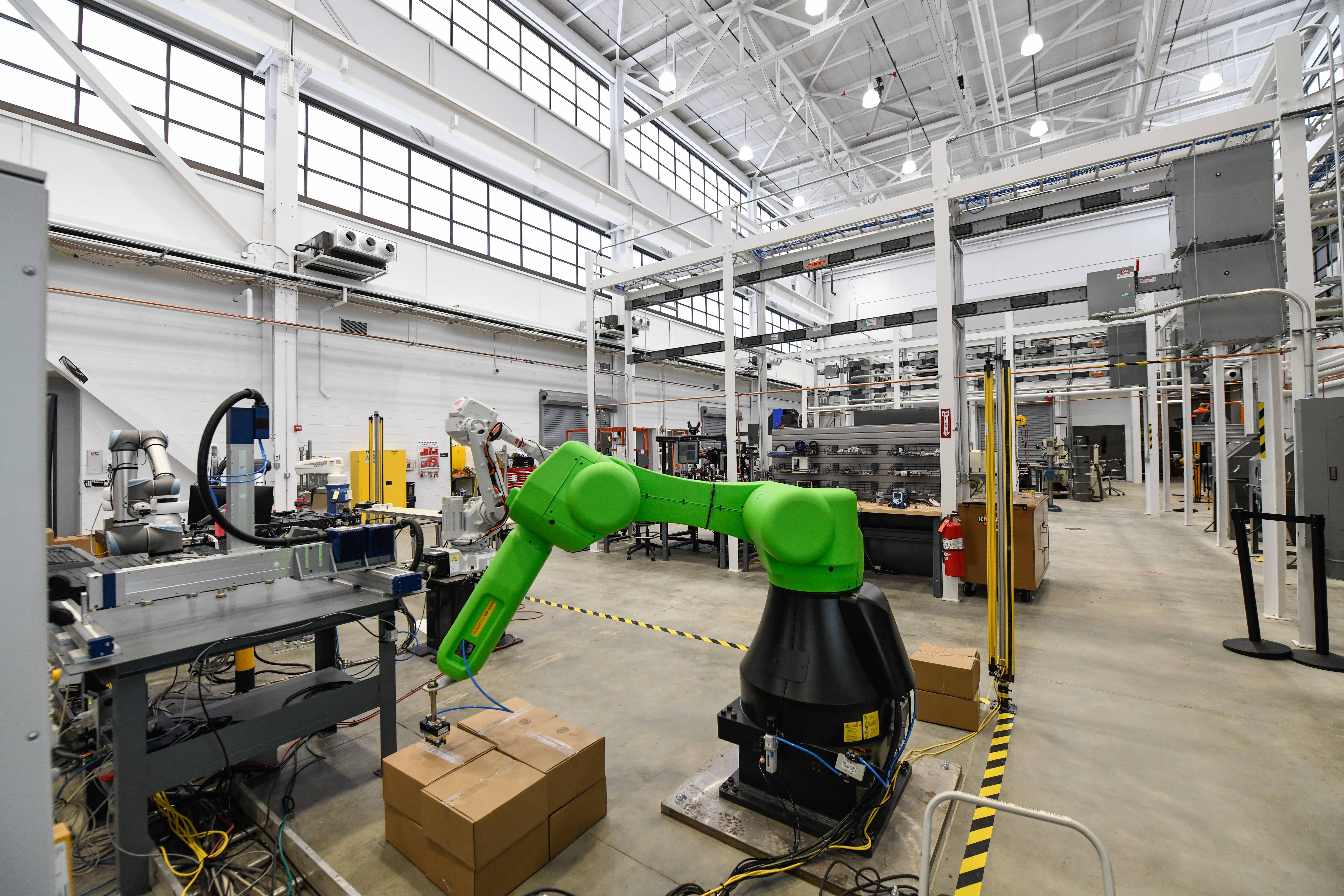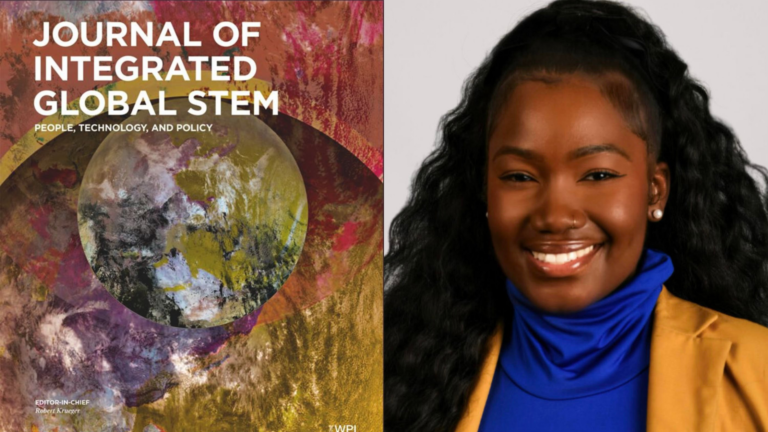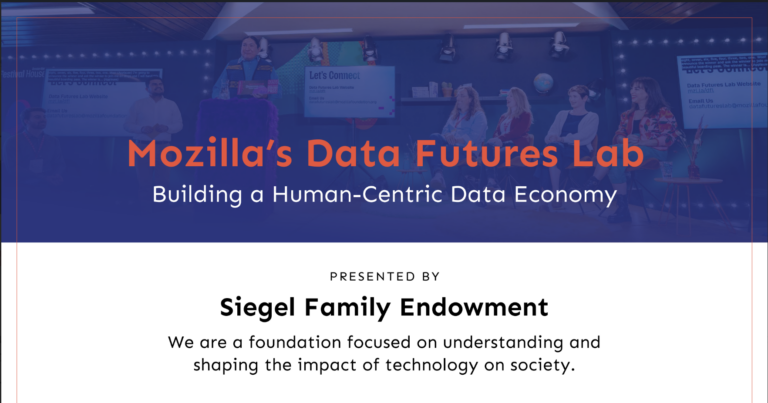
Technological innovation is rapidly changing the manufacturing sector. While the benefits have the potential to be far-reaching, they are not equitably shared. Without thoughtful engagement of existing manufacturing workers through professional development programs, skills-gaps will deepen, leaving workers in precarious positions or unable to progress toward more advanced positions. However, retaining workers is only one part of the puzzle. The manufacturing sector faces both an aging workforce and unfilled positions.
The University of North Carolina at Chapel Hill and the Urban Manufacturing Alliance address these issues in their recently published case study on manufacturing in Buffalo, New York. This is the first installment in a series examining how multi-stakeholder partnerships in advanced manufacturing can improve inclusion and innovation in the sector by supporting both workers and firms.
The report highlights partnerships between local communities and the Manufacturing Partnership Extension (MEP) program, which is a national network of organizations that provide business and technical support to small and medium-sized manufacturers. The program is federally funded and administered by the National Institute of Standards and Technology (NIST) and currently works across 450 service areas in all 50 states and Puerto Rico. While the scale of the program is large, each particular node of the network has its own approach and offers its own insights to the network. They are united by a shared goal of assisting the manufacturing sector through technological innovation, workforce development, and equity.
This Buffalo case introduces strategies for inclusive innovation, which are centered on manufacturing workers both existing and incoming, collaborative visualization of innovation in the workplace, and creating strong relationships between organizations working at different levels to advance manufacturing in the region. The report findings reflect the history of manufacturing in Buffalo, with particular attention to the impact of racial inequity as a result of divestment from manufacturing centers and their surrounding neighborhoods. The report offers insights for other manufacturing hubs around the country as well as for organizations interested in building a strong workforce.
On the East Side of Buffalo three organizations are working collaboratively toward what the report calls the inclusive innovation cycle. The cycle has three parts: centering, visioning, and bridging. Centering calls for each organization to focus their efforts on different and sometimes overlapping populations in order to collectively reach a broader impact. While no one organization can adequately address the needs of all, together they can widen their purview and scale their impact.
Large-scale changes to manufacturing are costly and innovations can be risky, both for the firm and the workers. In addition to making sure the right people are being brought together, the Buffalo case study makes explicit the importance of visioning, that is creativity, collaborative problem solving, and innovation as an iterative process. In more traditional organizational change processes, innovations are imposed from the top-down, sometimes causing friction with workers. There is a mutual-benefit to using low-stakes visioning sessions as opportunities to co-design, learn, and build trust. This is particularly helpful to young people, who are invited to see manufacturing differently by participating in labs to simulate new technology adoption and figure out how to implement it alongside workers.
The third part of the inclusive innovation cycle is bridging. In Buffalo, a coalition of organizations each with their own expertise, relationships, and aims, recognizes the necessity of partner organizations to achieve the shared goal of revitalizing manufacturing in an equitable and sustainable way. To achieve this larger goal, organizations are co-located in East Buffalo’s Northland Corridor, and relational bridges are being built between leaders who serve on the boards of partner organizations, formalizing their commitment to mutual support.
As part of our work to create a more equitable innovation economy, we are interested in wide-reaching improvements to workforce innovation. The Buffalo case study, and the forthcoming series, highlight the power of examining an intervention at scale. One approach to scale is through program replication, a process made difficult by contextual differences. As a national network, MEP centers already have scale in place. Rather, we hope that each case study will offer critical insights that can be leveraged to increase the collective impact across the network.
Stay tuned for future case studies and insights.
This research brief was written by Madison Snider, In-House Research Fellow at Siegel Family Endowment





